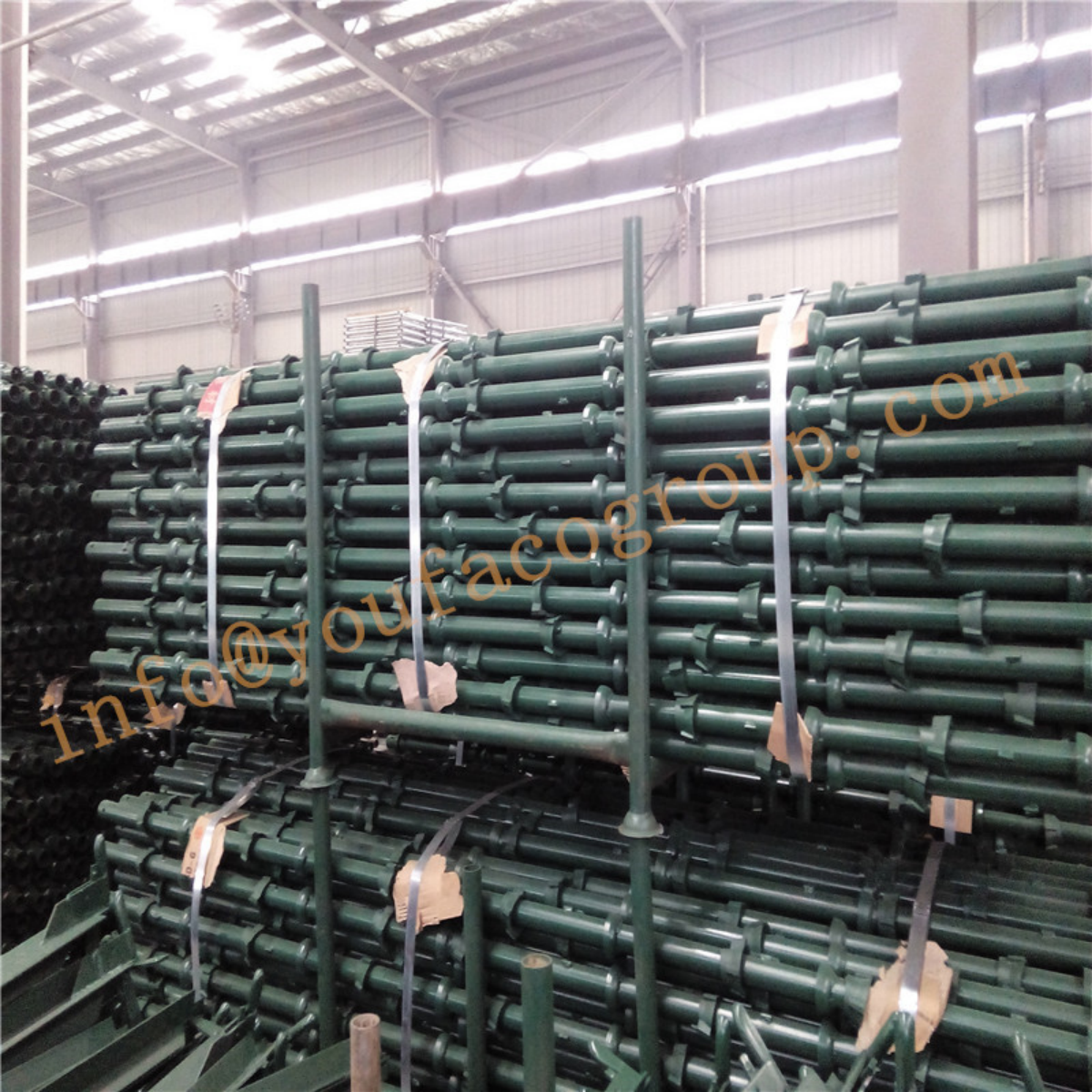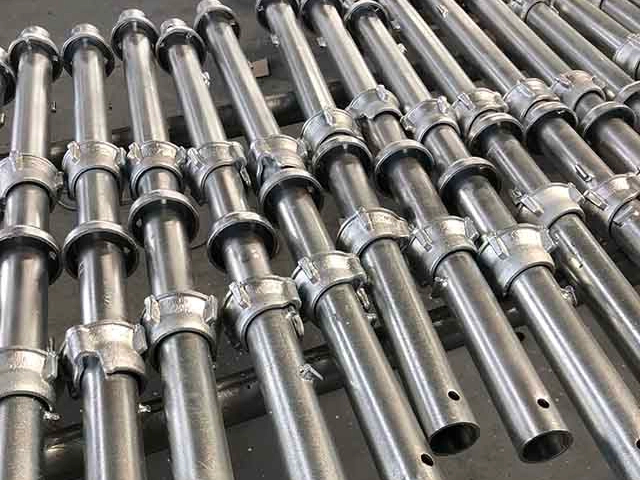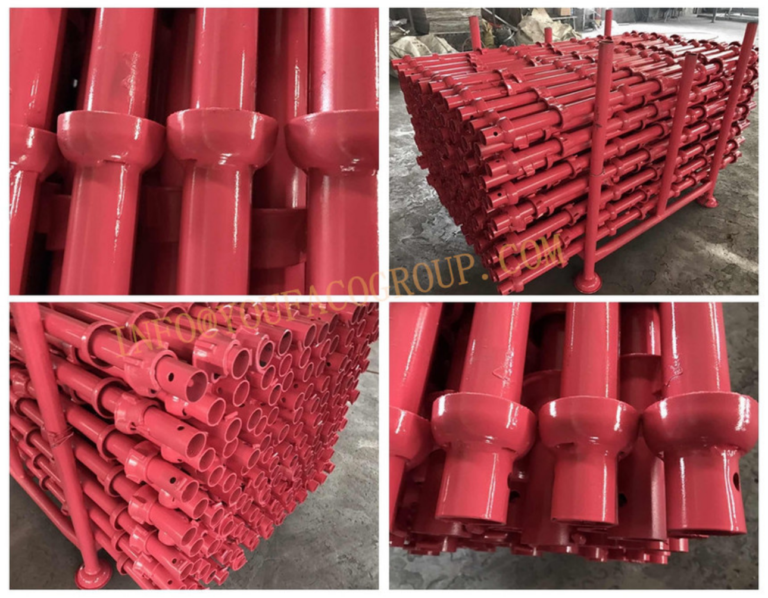How to Ensure the Quality of Cuplock Scaffolding?
Here are several ways to ensure the quality of cuplock scaffolding:
1. Raw Material Selection
Steel Quality:
Use high-quality steel as the raw material for scaffolding components. High-grade carbon steel or alloy steel with appropriate strength and toughness should be selected.
Check the chemical composition of the steel to ensure that it contains the correct proportion of elements like carbon, manganese, and silicon. The carbon content, for instance, affects the hardness and strength of the steel. Too much carbon can make the steel brittle, while too little may result in insufficient strength.
Surface Treatment Materials:
For anti-corrosion treatment, select high-quality galvanizing materials. Hot-dip galvanizing is a preferred method as it provides a thick and durable zinc coating.
2. Manufacturing Process Control
Precision Machining:
Ensure accurate dimensions during the manufacturing of scaffolding components. The diameter and wall thickness of tubes, as well as the size and shape of the cuplock joints, need to be precisely machined. For example, the diameter tolerance of scaffolding tubes should generally be within a few millimeters to ensure proper fit between different components.
Welding Quality:
If welding is involved in the manufacturing process, use qualified welders and proper welding procedures. The welders should have relevant certifications and experience.
Conduct non-destructive testing methods such as ultrasonic testing or magnetic particle inspection to detect welding defects like cracks, porosity, or incomplete fusion. For example, ultrasonic testing can send high-frequency sound waves through the welded area to identify internal flaws that are not visible to the naked eye.
3. Quality Inspection and Testing
Component-level Inspection:
Inspect each component of the cuplock scaffolding before assembly. Check for surface defects such as scratches, dents, or burrs on the tubes and joints. Blemishes on the surface can potentially lead to stress concentrations and reduce the overall durability of the scaffolding.
Measure the dimensions of the components using precision measuring tools such as calipers and micrometers to ensure that they meet the specified design requirements.
Assembly and Functional Testing:
Conduct a trial assembly of a sample scaffolding structure to check the ease of assembly and the proper functioning of the cuplock joints. The joints should lock securely and allow for easy insertion and removal of the horizontal members.
Test the load-bearing capacity of the assembled scaffolding. This can be done through static load testing, where a gradually increasing load is applied to the scaffolding until it reaches a specified design load or until failure occurs. The load-bearing capacity should meet or exceed the safety standards and design requirements specified for the scaffolding.
4. Standard Compliance
National and International Standards:
Manufacturers should comply with relevant national and international scaffolding standards. Stay updated with the latest standards and regulations as they are constantly evolving to improve safety and quality requirements. Manufacturers can participate in industry associations and follow the work of standard – setting bodies to ensure their products remain compliant.
Certification:
Obtain relevant product certifications such as ISO 9001 for quality management systems. ISO 9001 certification indicates that the manufacturer has a well-established quality management process in place, covering aspects such as raw material procurement, manufacturing, inspection, and customer service.
Seek third-party certifications for the scaffolding products themselves. These certifications provide an independent verification of the product’s quality and compliance with safety standards, giving customers more confidence in the product.




